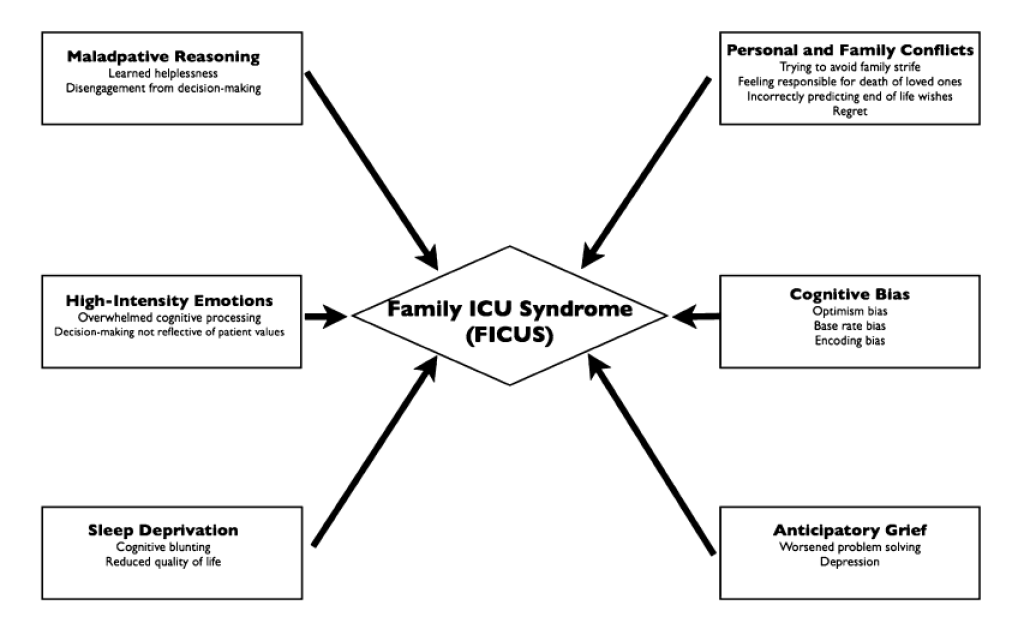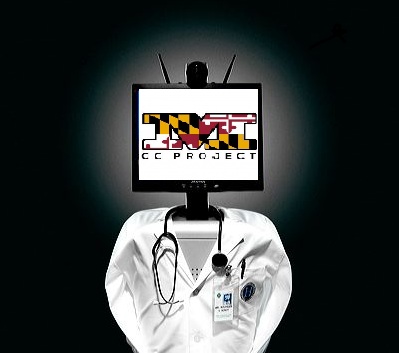Dr. Giora Netzer (@GioraNetzer) is one of our esteemed faculty who is trained in clinical epidemiology as well as pulmonary critical care. He has done an extensive amount of research in ARDS but also has a passion for how we take care of patient’s families in the ICU. In this talk Dr. Netzer presents some of his innovative research and opinions about a phenomenon he’s described as Family ICU Syndrome (FICUS) that significantly impacts the care we provide to the critically ill. While you may often hear Dr. Netzer describe himself as a, “simple country lung doctor” I think all of us agree that the potential impact of this work is much greater then he lets on.
Podcast: Play in new window | Download
Subscribe: Apple Podcasts | RSS
Key Points
Surrogate decision-making is common for the critically ill!
Making decisions for a loved one is HARD. In fact, many family members of the critically ill:
- Suffer from clinical depression
- Have high levels of anxiety & stress
- May go on to develop post-traumatic stress disorder as well
- Anticipitory grief
- Learned helplessness
- Sleep deprivation
- Cognitive bias
Family ICU Syndrome defined

FICUS affects all of US
- Family conflict has a strong impact on feelings of burnout
- Futile care carries an opportunity cost for other patients
- “We need to communicate better” may not be the complete problem
Cognitive biases that affect surrogate decision-making
- Optimism bias
- Surrogate’s opinion about prognosis correlates less and less as the patient’s prognosis worsens.
- Qualitative expression of prognosis does not significantly impact the surrogate’s reception of the message.
- Framing effect
- People react to a particular choice in different ways depending on whether it is presented as a loss or as a gain
- Presenting a scenario as a chance of dying vs. surviving makes a difference!
- Clinical decision aids may be the solution to reducing the framing effect ant helping not only families, but also clinicians become more clear with treatment strategies.
- Base rate fallacy
- An error in thinking that can cause a surrogate to ignore the probability of a potential outcome when given specifics regarding their own family member.
- Example: The mortality of ARDS is high, but given my family members circumstances their chance of survival is different.
Family centered ICU care can significantly impact both the patient and surrogate’s hospital course.
- A must read piece by Mark Attiah (@MarkAttiah) in JAMA – A Piece of My Mind. Treat Me Like a Child
Strongly consider including family participation in daily rounds. Great way to be efficient and improve communication.
Suggested Readings
- Netzer G, Sullivan DR. Recognizing, naming, and measuring a family intensive care unit syndrome. Ann Am Thorac Soc. 2014;11(3):435-41. [PubMed Link]
- Verceles AC, Corwin DS, Afshar M, et al. Half of the family members of critically ill patients experience excessive daytime sleepiness. Intensive Care Med. 2014;40(8):1124-31. [PubMed Link]
- Davidson JE, Jones C, Bienvenu OJ. Family response to critical illness: postintensive care syndrome-family. Crit Care Med. 2012;40(2):618-24. [PubMed Link]



